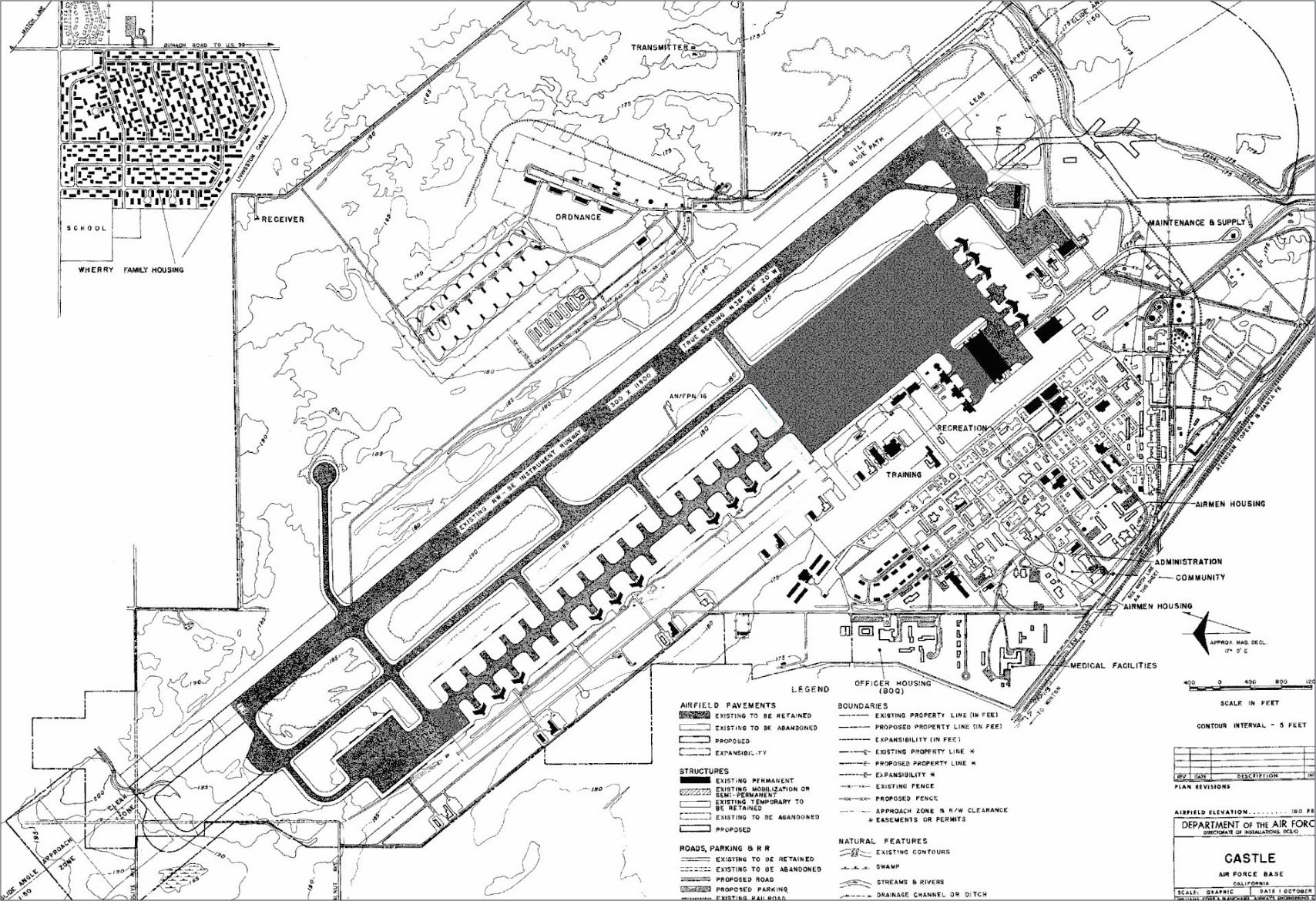Base Realignment and Closure (BRAC)
Determining the socioeconomic impact of Base Realignment and Closure

RDN Supported the Department of Defense by Determining the Socio-economic Impacts of the BRAC Process for Various Military Installations.
From 1989 through 1995, RDN prepared a series of socio-economic assessments for Base Reuse and Closure candidate installations throughout the United States: including over one dozen Air Force installations and a consortium of communities impacted by closure of Marine Corps bases in Orange County, CA.
These studies evaluate the impacts of first closing and then repurposing each of the subject installations. We worked as an integral part of a multi-disciplinary team of architects, environmental scientists, and comprehensive planners to develop alternative reuses of the bases and then evaluate the socio-economic impacts of these reuses. Typical reuses included creation of municipal or regional airports (using the existing runways), college or technical school campuses, office parks, prisons, open spaces such as wildlife preserves or shooting ranges, and others.

We created regional economic forecasting models for each study location. We then simulated the loss in future activity associated with closure of the base and removal of its associated employment and spending from the local economy. We followed this with detailed profiling of the direct effects of implementation of new land uses on the closed base. We traced these reuse impacts through jobs and income to population growth (or mitigated decline, depending on the locality), school populations, traffic, water and wastewater volumes, and local government finances.
We prepared stand-alone socio-economic assessments as well as major portions of Environmental Impact Statements (EISs) for each subject installation.